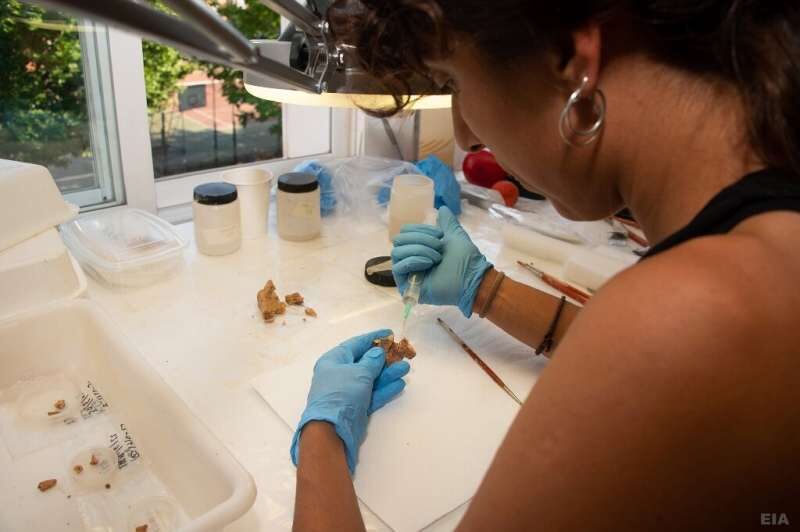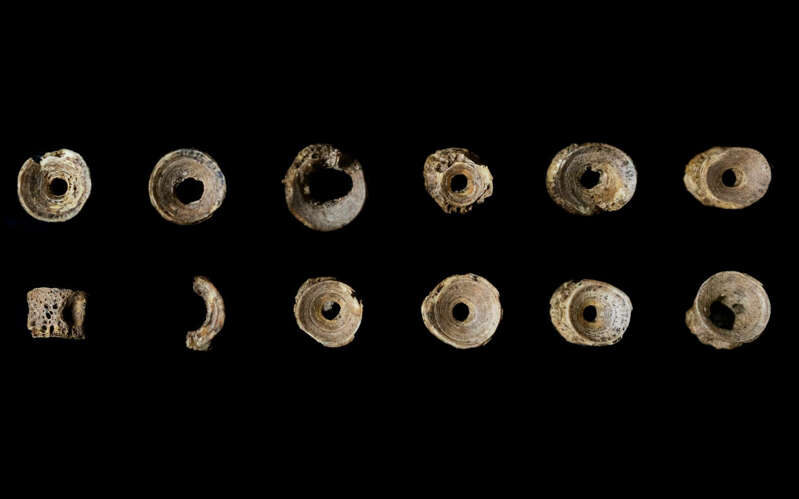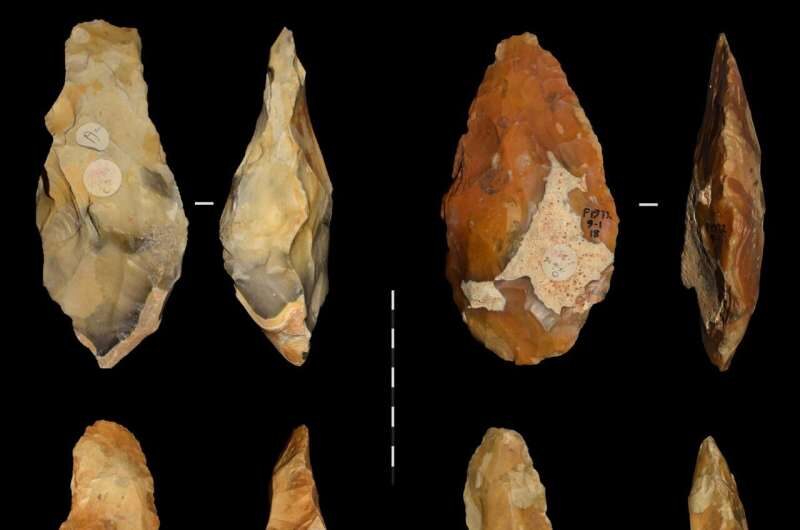OF THE
TIMES


I would like to say a few words about the spontaneity of Maidan. And not even about Pyatt or Nuland with cookies and American dirty money, which was taken from the Embassy to the headquarters of Maidan in bags. I want to probe into history in connection with the published CIA documents about the "national liberation" movement in Ukraine. It's an interesting fact that the CIA sponsored the Banderist movement, at the same time considering it as a terrorist one. However, this is nothing unusual. They are involved in this to this day, only now instead of Banderists there are all sorts of jihadists. Also, the map of spreading Banderist sentiment in Ukraine is supposedly from 1957. It is seen that Banderism affected less than a quarter of the territory of Ukraine in the West. And there is also a description of the moods. Crimea even was never considered Ukrainian, and about Donbass they said that it "feels itself to be an island of Russian among Ukrainians."
And now, compare this map with today. This cancerous tumor, which at the time was not cut out but was made residual, has spread throughout Ukraine. The grandchildren of those who fought against the Nazis and fought against Banderists are today marching under Banderist flags, and in pure Russian language urge to "cut Russians". And among these marching there are a lot of descendants of those who Banderists killed, dismembered, and burned.
All of this was planned for decades. And the same thing was planned and is being planned against Russia. And there are many of those who, inside Russia, actively work to ensure that the same hell comes to Moscow, Kazan, St. Petersburg, and Khabarovsk.


Comment: Comment: Just what compelled the Siberians to migrate from their home? For possible clues, check out Pierre Lescaudron's series of articles: Did Earth 'Steal' Martian Water?
Ancient Architects presents the findings in the following video: